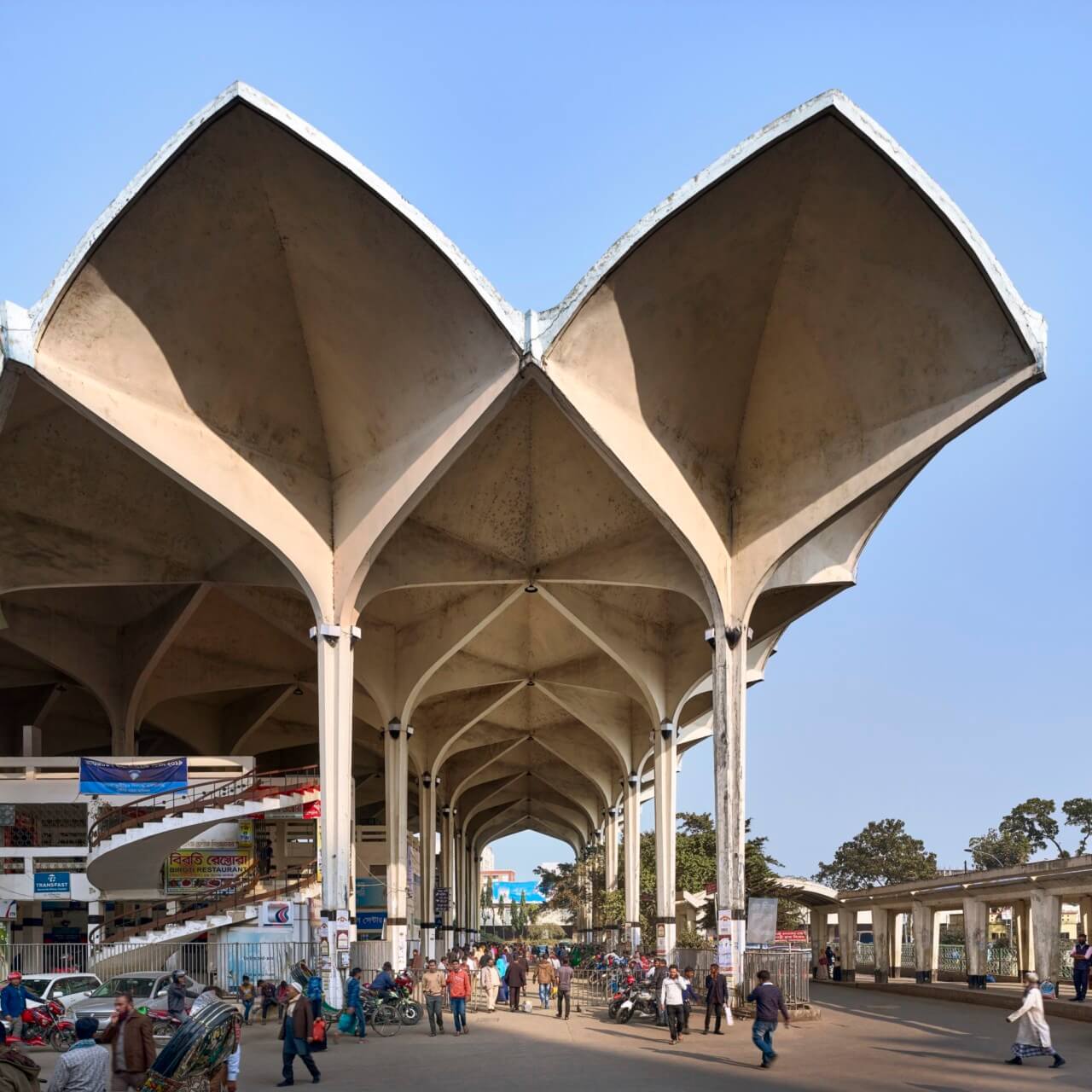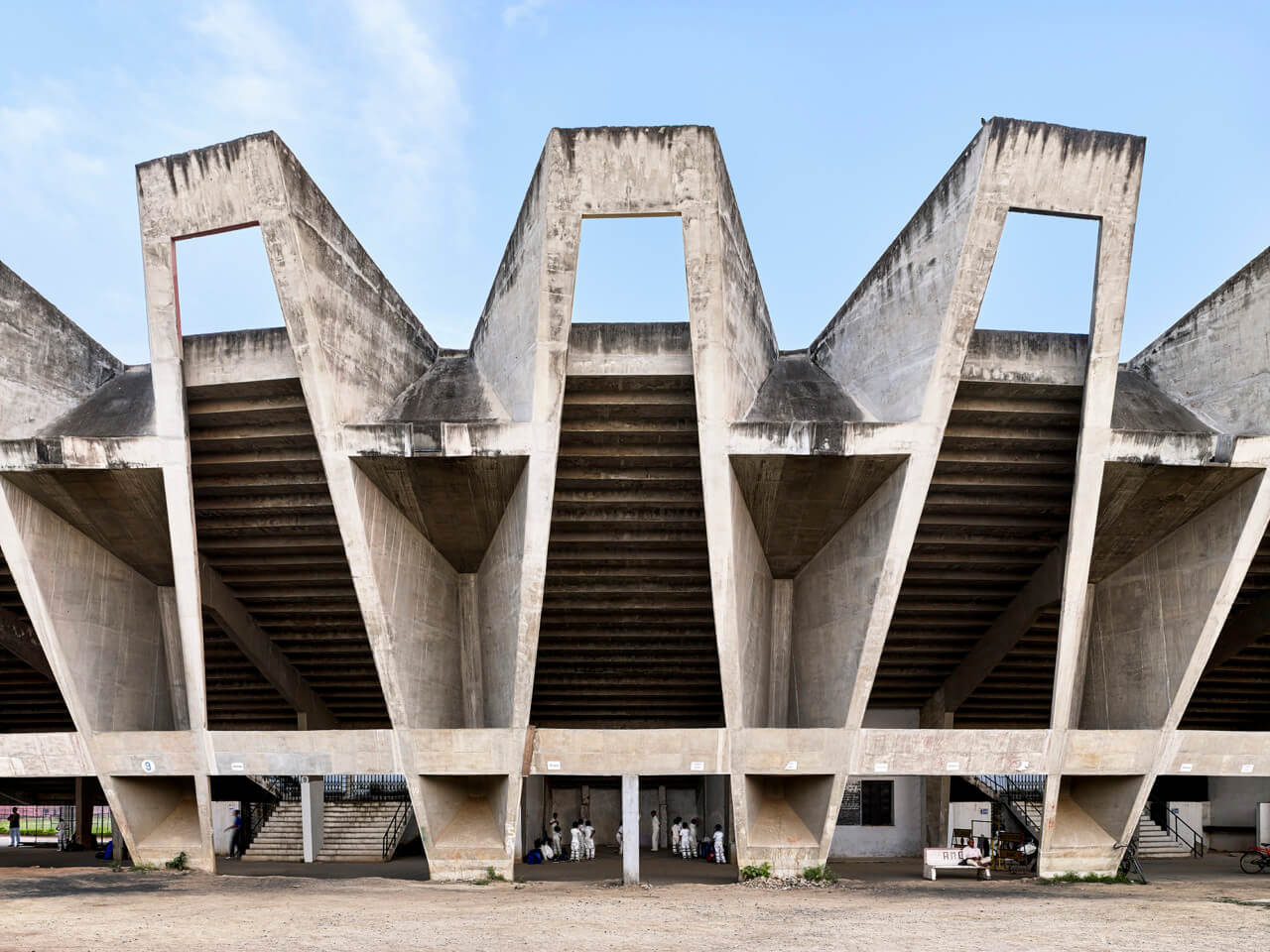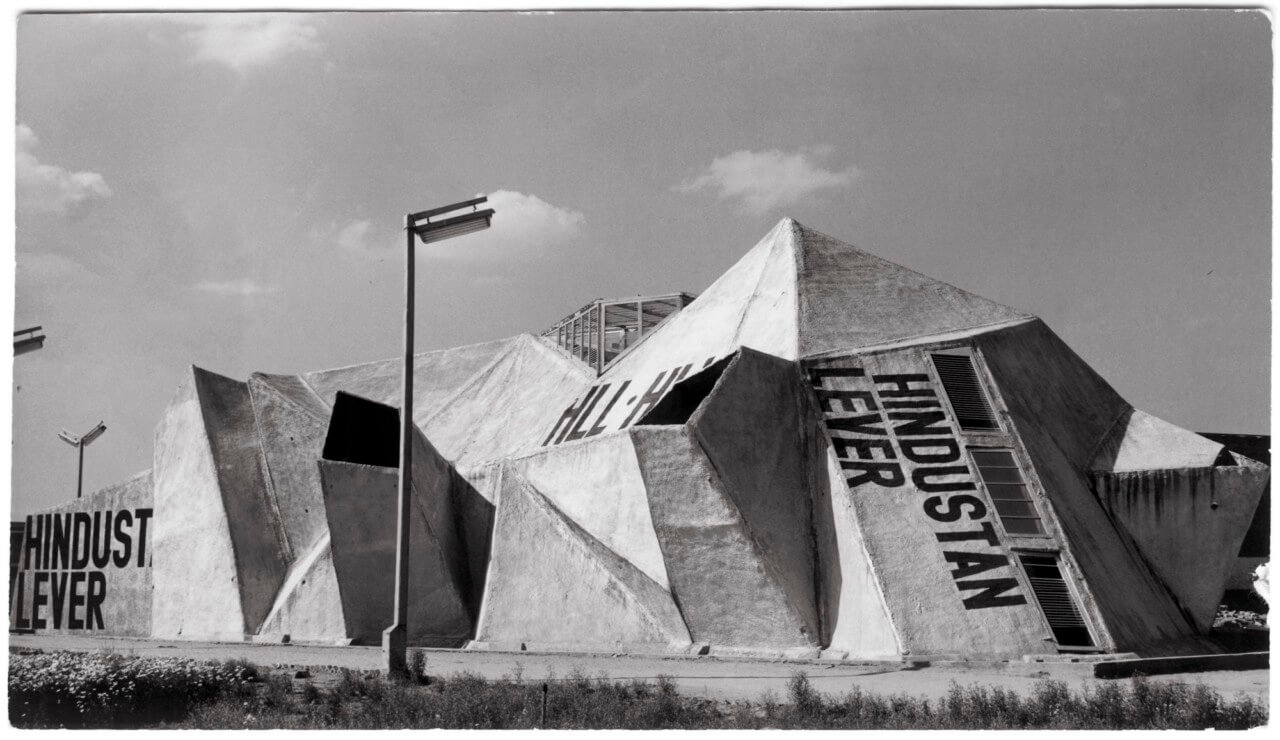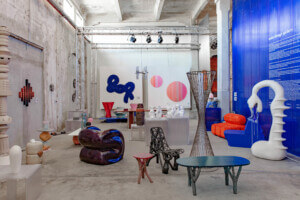Since 2015, Martino Stierli has been the Philip Johnson Chief Curator of Architecture and Design at the Museum of Modern Art (MoMA). During that time the institution has undergone a major renovation and expansion, entirely rethinking the way it exhibits architecture in the context of its larger collections. AN editor in chief Aaron Seward spoke to Stierli recently about how the latter’s department sets architecture within broader contexts, MoMA’s commitment to changing the culture’s outlook on the climate crisis, and how the department is expanding its curatorial approach while working to “destabilize” the Western canon.
Aaron Seward: Since MoMA’s reopening in 2019, architecture and design have been more prominently displayed and thoroughly integrated throughout the museum. MoMA has described this as a “both and” approach that acknowledges architecture and design’s interdisciplinary relationship to the visual arts. But architecture and design also have interdisciplinary relationships with literature, science, politics, and, well, pretty much every other type of human activity. How does MoMA keep a perspective on architecture’s broad relationship to society?
Martino Stierli: We do this precisely through these interdisciplinary conversations that we have now in our collection galleries, where we have very much thought of each gallery being a separate module, almost like a mini-exhibition, that are montaged together. We use the conceptual idea of the montage, where you have juxtapositions between “mini” stories. And you also have an interstitial space, which makes you think, “Oh, what does it mean to have this gallery that looks at a specific chapter of modernism next to this?” Let me give you an example. When we opened in 2019, we had a gallery that was called Design for Modern Life. It was a very large gallery that laid out this sort of strong societal vision that many of the avant-gardes of the early 20th century had. The idea was that the architect could become an active agent in societal transformation. But this was juxtaposed with Monet’s Water Lilies, which produces a completely opposite effect. So one gallery was embracing this productivist stance of what the Industrial Revolution did to our cities and societies and the potentials the avant-gardes saw in the Industrial Revolution for reshaping society at large; and then there was Water Lilies, a king of escapism from reality. This juxtaposition was jarring, but it was very strong, and I really think it made people think, “Oh my god, these things happened at the same time.” That was a great way for us as curators to show on the one hand, yes, what an incredible, transformative moment the Industrial Revolution was and the artistic production that came out of it, but on the other hand, there were also the social problems that it brought with it and the need to be able to get away from it.
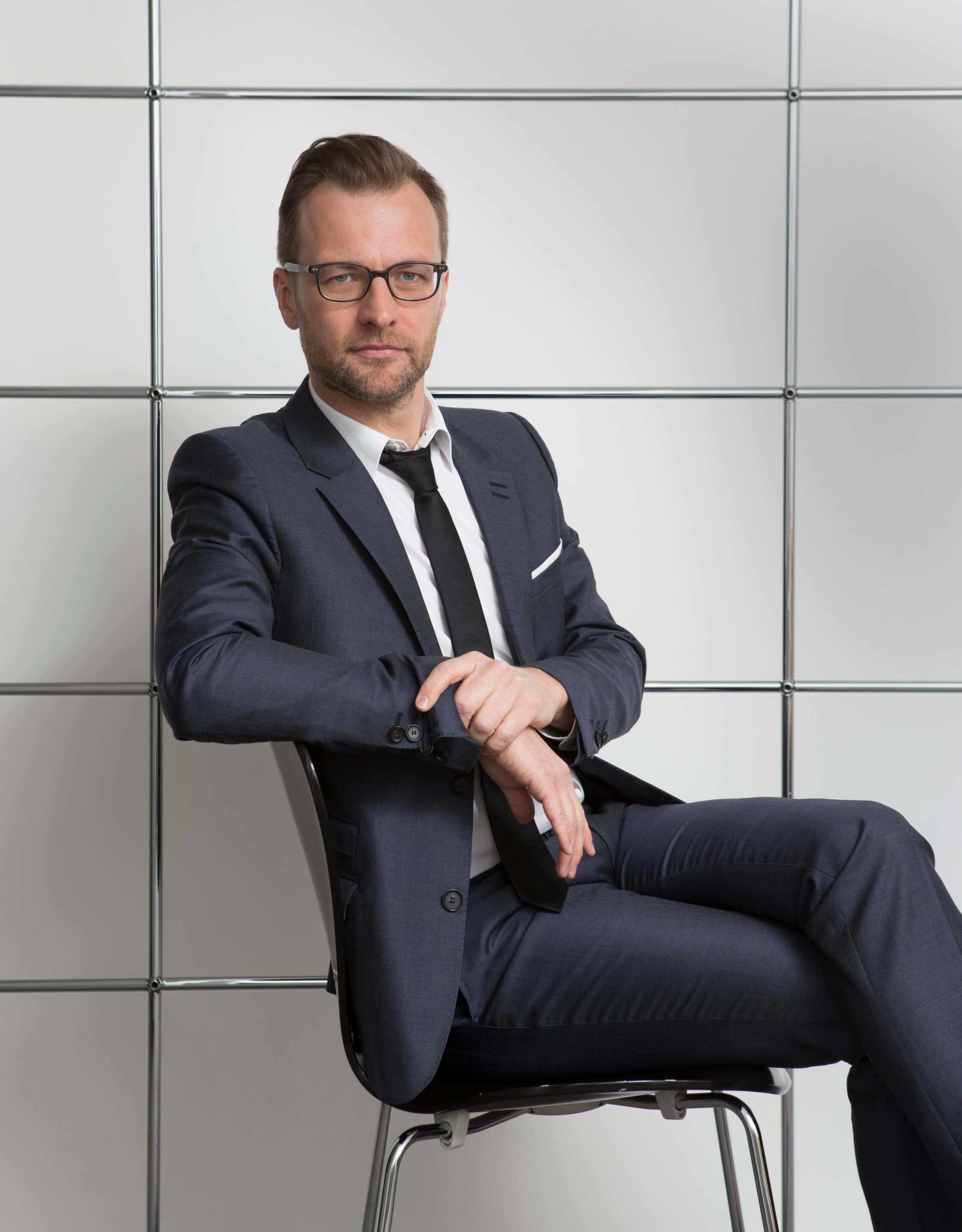
How does this approach differ from how architecture and design were exhibited previously?
I would say what we had before was our own mini-museum within the museum. Architecture and Design was located on the third floor. We had two galleries there. We were autonomous and could do whatever we wanted there. It was for the most part collection-based, sometimes also some special exhibitions. But there was never this direct relationship to things from other fields, so the juxtaposition I just described with Water Lilies could never have happened. You would have had to make the jump to the fifth floor [to make a similar connection], and now [those connections] are right there and you can’t avoid [them]. Our department has always been very interested and pronounced in situating architecture in a larger political and social conversation. I want to mention a couple projects that I’ve championed since I came here. With Toward a Concrete Utopia, the [2018] exhibition about Yugoslavian modernism in the postwar period, the underlying question was “How does architecture serve as a tool, and how does it serve as an agent for societal transformation?” And I think that very same question is underlying my upcoming project The Project of Independence: Architectures of Decolonization, where you already have the whole political discourse, this idea of postcoloniality in the title. My own interest is very much in situating architecture within a civic discourse because I believe strongly that architecture is much more than just a pastime for wealthy people to furnish wealthy houses and private institutions, which so often is, unfortunately, the case in the United States. I fundamentally believe that architecture has a duty and a responsibility and the capacity to impact the way we live and articulate a vision for how we should live.
Speaking of larger contexts and the responsibilities of architecture, the climate crisis is perhaps the largest and most pressing issue that humankind and architecture are facing, and now with the creation of the Ambasz Institute and the appointment of Carson Chan [as its director], MoMA has moved to address the built environment’s relationship with ecology. How do you see this playing out in curatorial programs, and how can an institution like MoMA contribute to moving the needle in the right direction in terms of how we build architecture vis-à-vis climate change?
Thanks for pointing out the establishment of the Ambasz Institute, which I think is really a huge achievement for our department and for the museum at large. I’m convinced that this will help give us the means to position ourselves as a leader in this absolutely necessary transformation—not only of institutions but of the way we build and the way we inhabit space on a very broad scale. What can a curatorial department do? On the one hand, we can provide a platform for conversation. We can use the amazing reach that MoMA has as a museum but also as an online presence, where we reach many people around the world, to articulate loud and clearly that this is the key issue architecture—and our whole civilization—must address. This is a matter of life and death, and we need to talk about it, and we are going to force all of us to think about this matter. But more than just a convener of conversation, as a curatorial department we can also articulate imaginaries—to give people an idea of what a future of non-extractive existence on this planet could look like, how architecture can be harnessed toward this objective. That’s what historically MoMA has always been good at. It was founded with the idea of projecting for a relatively conservative American audience a vision, an image, of what modern living could look like. So many of our postwar initiatives were precisely about that: giving the everyday American museum visitor an understanding of what a better or different future could look like. This sounds a little bit idealistic, but I fundamentally believe that we have this responsibility to project an image of a changed future.
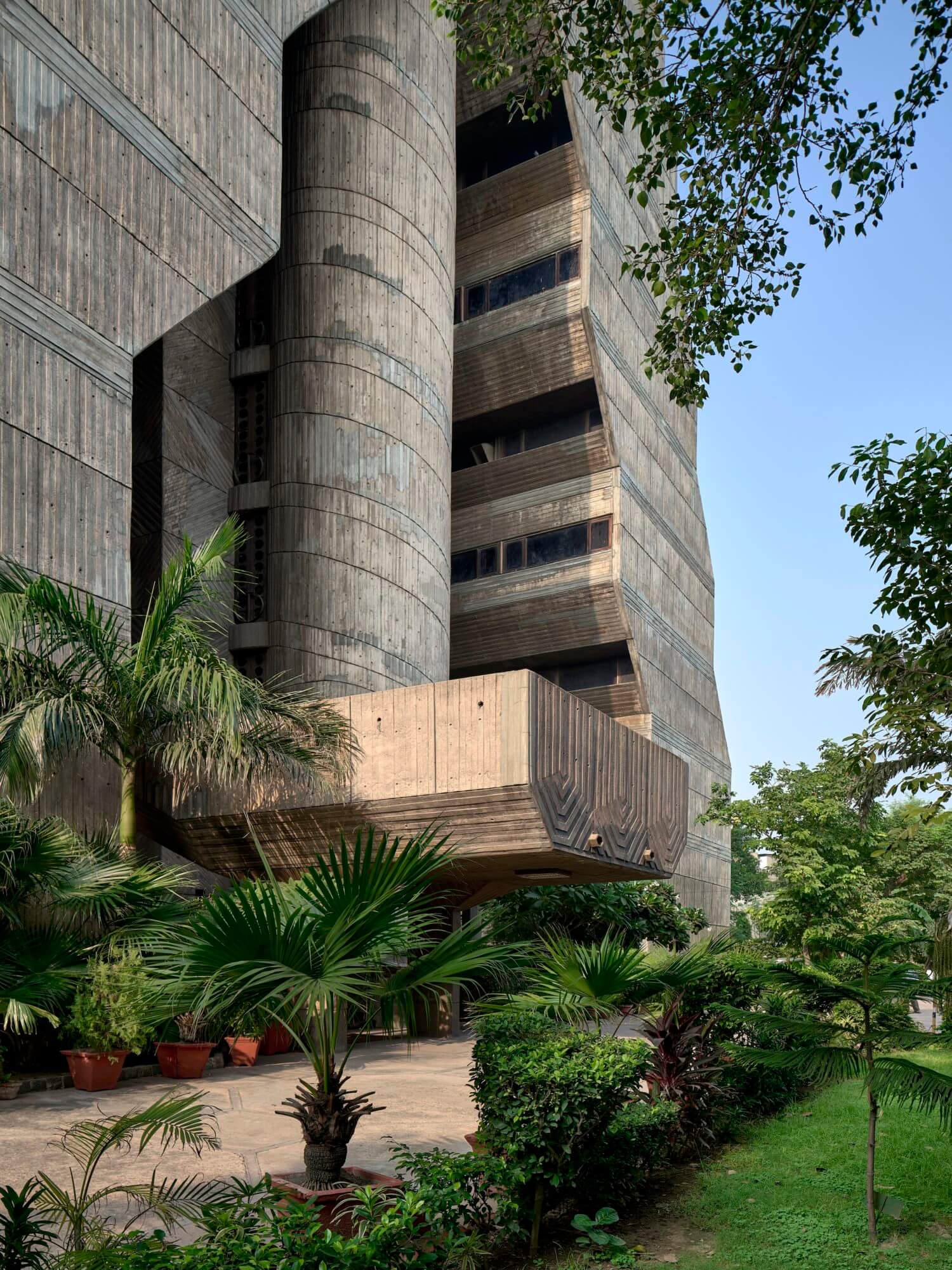
When I think of MoMA, and of modernism generally, I think of utopianism. Of course, these visions are very often compromised when it comes to implementing a reality. MoMA’s 2019 update refashioned the building to be a better environmental steward. It achieved a LEED Platinum rating. At the same time, LEED and other rating systems have been criticized for being vulnerable to subversion and are often used more for greenwashing. In putting up shows that seek a vision for a future, do you feel a certain responsibility to hew closer to reality or do you think future visions should be as utopian as possible?
Utopia, the way we understand it and the way that it’s often been criticized, was often a failure because it was driven by technology. We can use technology for the betterment of the world—technology in the broader sense, not just technological innovation but also the management of societies—but I think we are at a point in the history of civilization where we are aware of the incredible pitfalls and dangers of this [mindset]. And so I would say what we need are humbler utopias, which is a contradiction in terms. And I would even say that projecting imaginaries necessarily has to mean projecting utopias. You introduced the word utopia. I prefer the term imaginary because I think it’s possible to imagine different futures, and in fact it’s necessary to imagine different futures without adhering to the old techno-utopian drive, of which I’m personally relatively skeptical myself, which doesn’t mean I don’t think we can use technology to solve some problems, but I think for the specific issue of the climate crisis something different and more radical will be necessary. In terms of MoMA’s commitment, I know from the conversations that we have in the institution and from [director] Glenn [Lowry]’s vision that the dedication and commitment to really working toward such a different future and how MoMA can contribute goes much further than the LEED certification. We have a sustainability officer in place, Jean Savitsky, looking for how we are drastically reducing waste, how we are much less dependent on the grid, consuming less energy. The whole picture is being reassessed. It’s a really exciting initiative that we are embarking on.
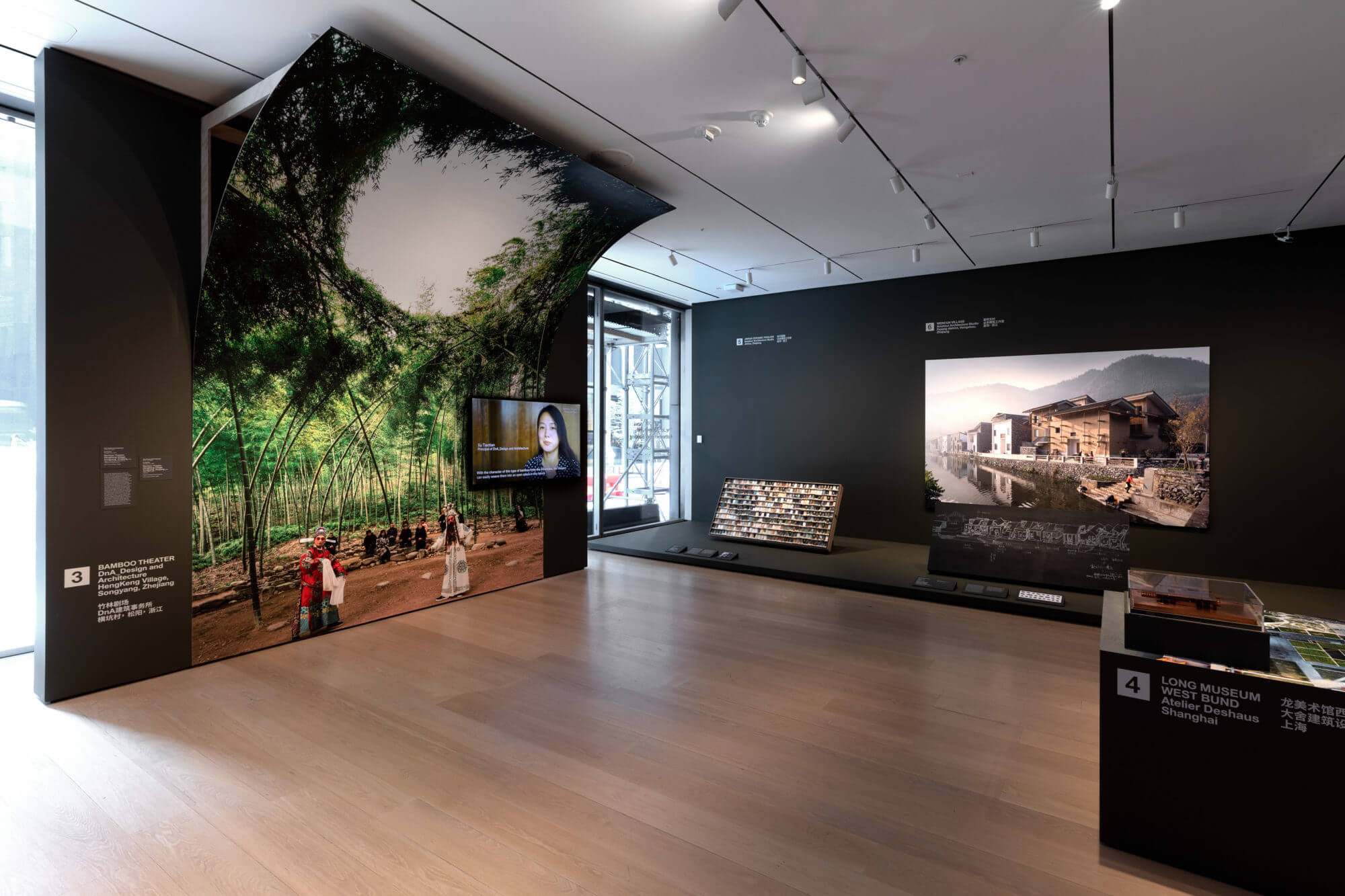
If you think of the climate crisis as being the prime motivating driver in architecture today, where would you see form, style, mood, material—all the things we love about architecture and experiencing buildings. How does that fit into our drive to create a more ecologically attuned built environment?
Well, that’s what I meant by projecting imaginaries. In the end, I think we are committed to thinking of architecture in terms of a cultural conversation. We ourselves as curators are not going to resolve the technical issues, but what we can do is to encourage designers to think about giving form to these programs and these technologies. Very much in line with how the avant-gardes in the early 20th century were giving shape to the impact of the Industrial Revolution and how it transformed the building industry through an incredible formal language. I do think we are on the cusp of such a moment. I’m not saying this is going to lead to a totally revolutionary new formal repertoire, but I do think this ecological recalibration will require new formal innovation.
In addition to the climate crisis, the racial reckoning and calls for greater diversity and access are changing architectural discourse. Museums in general have also drawn criticism lately for not doing enough to address these issues. What do you think is the role of an institution like MoMA, and the A&D department specifically, in addressing these concerns, both internally as well as through the curatorial programs?
Speaking from the point of view of the curatorial program, we do this through our commitment to not only expanding the Western canon as it’s been established, not least through MoMA, but also to destabilize it by looking at figures and places and themes that have been underrepresented or even systematically written out of the canon. Toward a Concrete Utopia was a reassessment of modernism from an Eastern, socialist perspective, and Project of Independence brings to the fore a generation of South Asian architects who have never had this kind of platform until recently. Doshi is a household name, but that’s a relatively recent phenomenon. I’m also thinking of the ongoing exhibition Reuse, Renew, Recycle: Recent Architecture from China, which brings in work from a part of the world that has not previously been represented in MoMA’s collection; and [the show] also looks at [this context] through the lens of sustainability. I also want to mention Reconstructions: Architecture and Blackness in America from the spring, which marked the first time that MoMA gave space to African American architects and their thinking on where we stand in our cultural conversation. So I would say our curatorial program over the last few years has been very consistently directed toward inclusivity and rethinking critically the role that MoMA itself has played in a politics of exclusion.






